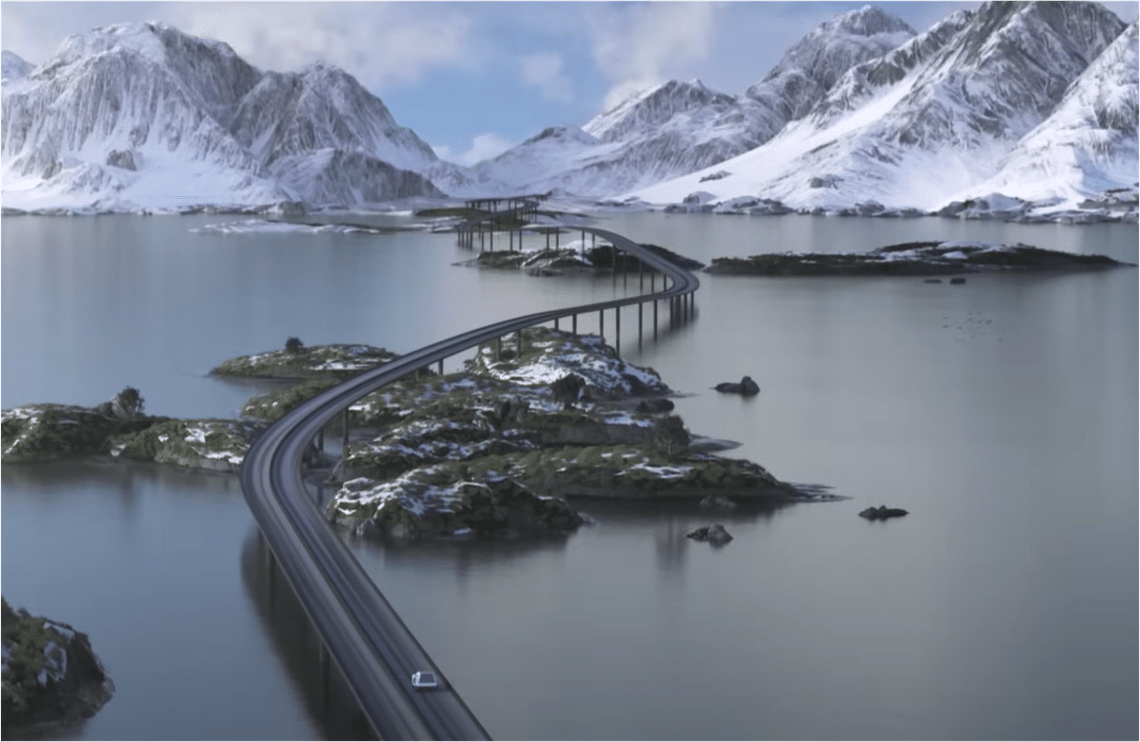Michelin heritage
Over 130 years of adventures
Driven by materials science and technological progress for more than 130 years, Michelin has been at the origin of the greatest advances in the field of mobility and beyond. Let yourself be transported to the heart of the fabulous History of a Group that continues to innovate to transform your daily life.
Genesis
1829
The beginnings of rubber
in Clermont-Ferrand
A Scottish woman named Elisabeth Pugh-Barker married Édouard Daubrée, an entrepreneur from Auvergne. She was the niece of the chemist Charles Macintosh, who had discovered that rubber was soluble in benzine.
Remembering the bouncing balls her uncle made for her, she began to make them herself in her husband’s workshop.
Her initiative brought rubber to Clermont-Ferrand, making a lasting impression!
1832
The Barbier-Daubrée company
1889
The creation of Michelin & Cie
The first major innovations
1891
The first modern tire
Using this tire, Charles Terront won the Paris-Brest-Paris race more than eight hours ahead of the second competitor!
1895
Riding on air
This feat allowed the Michelin brothers to showcase the benefits of tires to the world, particularly their reliability, resistance, safety, and comfort.
1898
The gentleman of tires
1899
The need for speed
1900
The first MICHELIN Guide
The builders
1906
All over the world
1914
“Our future is in the air!”
1929
The Michelines’ story
1931
Road signs
1935
Michelin, Citroën, and the 2CV
1937
The marriage of rubber and steel
The Radial area
1946
The invention of the Radial tire
1955
François Michelin, the Radial ambassador
1965
The importance of research
1973
A champion in all categories
1975
Toward new horizons
1981
First acquisitions
A new drive
1991
From father to son
1992
The birth of the 'Green Tire*'
*Name relating to the concept of 'lower environmental impact tire'
1998
Yes to sustainable mobility
2000
The Michelin Man, Best Logo of the Century
2005
The succession
Jean-Dominique Senard, who had been a Managing Partner since 2007, took over from Rollier in 2012 and served as Chairman of the Michelin Group until May 2019.
2016
Vers de nouveaux territoires de croissance
Today, this booking platform has been renamed TheFork, and is present in more than 20 European countries.
The use of mergers and acquisitions allows the company to create more value and establish itself in new sectors of activity, around and beyond tires.
All-sustainable approach
2017
Imagining the future
2018
The year of celebrations
2018 also marked Michelin’s 400th victory in MotoGP™, thanks to more than 40 years of innovative technologies at the highest level of motorcycle racing.
2019
Riding without air
2020
Tomorrow, everything will be sustainable
2021
'MICHELIN IN MOTION', the strategy for 2030
In 2021, through its new strategic plan 'Michelin in Motion', the Group reaffirms its conviction that sustainable growth can only be envisaged by taking into account planetary limits and by exercising authentic social and societal responsibility.
Michelin is committed to continuing its targeted growth in tires and investing in new territories in connected mobility solutions and high-tech materials.
2022
“MICHELIN IN MOTION”, great progress
Michelin provides new evidence of its ability to implement its 'Michelin in Motion' strategy. The Group relies on its unique innovative strength, its in-depth knowledge of its customers, their uses and their needs, as well as its distinctive know-how inherited from its mastery of materials and data.
For Michelin, learning together, so that everyone finds their place and progresses within the Company, constitutes a major performance lever. With this conviction in mind, the Group implements the necessary conditions for the development of its employees throughout their professional careers.
2023
Development beyond mobility
The Group intends to position itself as a key player in polymer composite solutions. The Group's growth is achieved both through the growth of its existing activities, as well as through external growth operations, such as the acquisition of the Flex Composite Group in 2023, which made it possible to increase the turnover of the High Technology Materials division by 20%.
Its distinctive know-how allows it to conquer high-growth markets that value innovation and performance, and to offer ever more differentiating offers, products and services.

